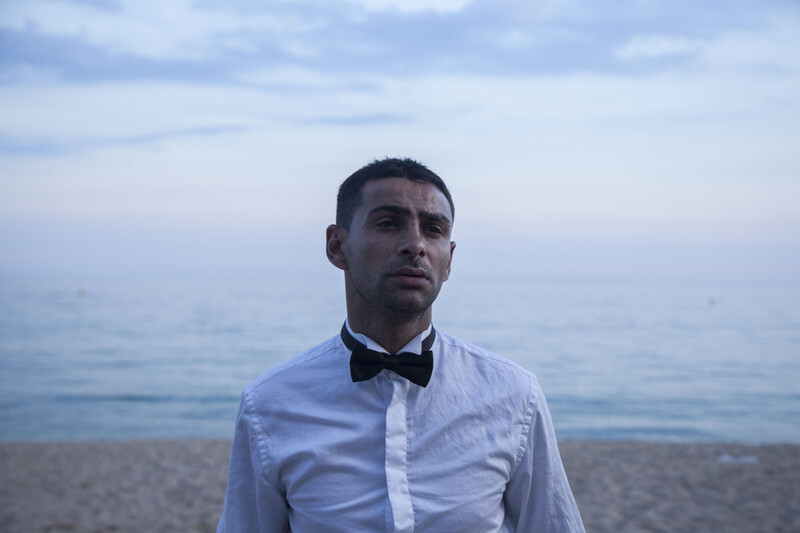Special little moments
Antonio Di Biase, a young Italian, spent a lot of days during several years in the tower of the Church of St. Ambrogio in Milan. In his film, De Sancto Ambrosio, Biase brings a look at ordinary events in this town from a “God´s” view from above – from the bell tower, which happened to be a witness of all Milan history and now oversees ordinary lives of ordinary people, looking for special little moments in them.
In De Sancto Ambrosio, we are watching common people we know nothing about. We see just short pieces of their lives. What fascinates you about these short brief moments of strangers’ lives?
In the chaos of contemporary city most of the people don't look around: they are all inside their own thoughts and want to reach their destination as fast as they can. I was mostly looking for moments of break, when people are in a meditative mood and express a genuine humanity. What fascinates me is how these small moments, captured from a different perspective, can become something else. When I was shooting, I was also looking for actions that interact with the space, with the diagonals, the shadows and the colours around them. When all of these elements are combined in an “organic harmony”, it creates a cinematographic image which is also a metaphor of the existence.
Moreover, all of the shots in the film are from above, from rooftops of buildings. Why did you choose this type of camerawork?
The film is entirely shot from one single place: the top of a medieval bell tower of the “Sant'Ambrogio“ church, which is one of the main symbols of the city of Milan. Also the Latin title “De Sancto Ambrosio” means literally “from Sant'Ambrogio”. I chose to shoot entirely from there in order to identify the camera with the bell tower's eye. It is the perspective of something that is unchanging and eternal: its gaze has been witness to the entire development of the city, from the ancient times of the medieval countryside to the advent of the urban chaos. The choice of using images exclusively shot from above is connected with the medieval visual universe, where the characters were “pressed” onto the background without the Renaissance's artifice of perspective. This is a fundamental key to read the film because it marks the tension between the present and the past.
What is interesting in your film is how you treat the time. It is framed as one day, but it contains shots from the whole year. We see sunny days of summer, rains as well as snow.
Yes, the only narrative line of the film is the temporal one, punctuated by the passage of the seasons. The circularity of the time expresses the idea of something eternal that will start all over even if the film ends. In order to underline this aspect, for me was fundamental to put in all the weather conditions. In Milan it doesn't snow often and I had to wait three years until the snow finally came... It was too important; otherwise the film didn't have an ending.
What was the process of shooting the film like? How much material did you shoot and how long did it take you to edit it?
It was a very long process. These “special little moments” that I was talking about are very rare and hard to capture. I spent entire days on the bell tower without getting any good shot. It was as a matter of waiting and watching without distractions, in the heat of the summer and in the cold of the winter. Also the editing took quite a while, almost one year... and also the reconstruction of the sound was a huge work that took many months. From the first idea to the ending of postproduction it has been about four years.



